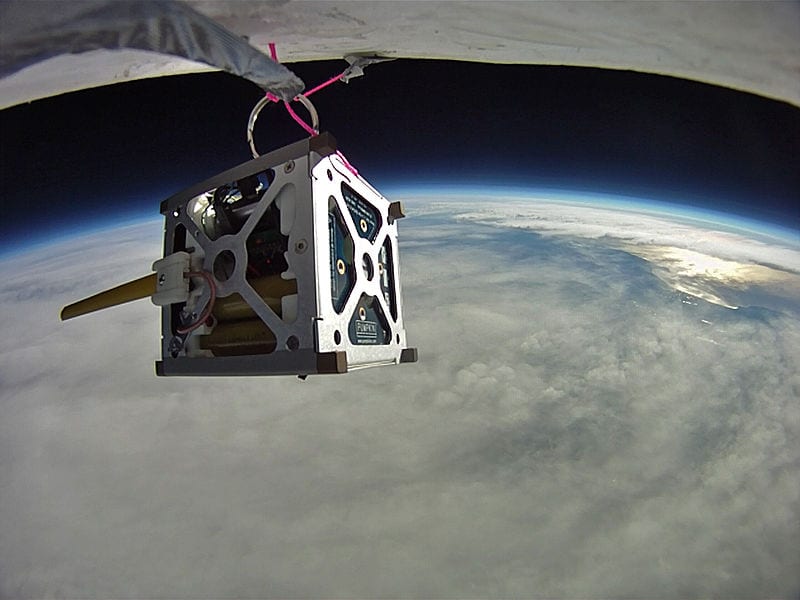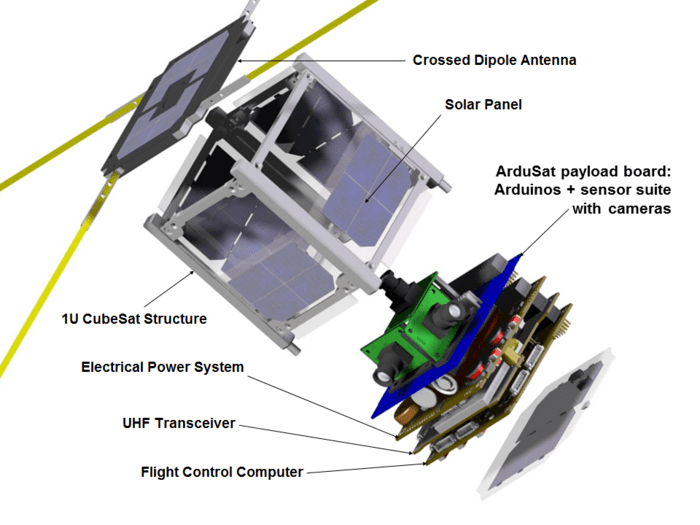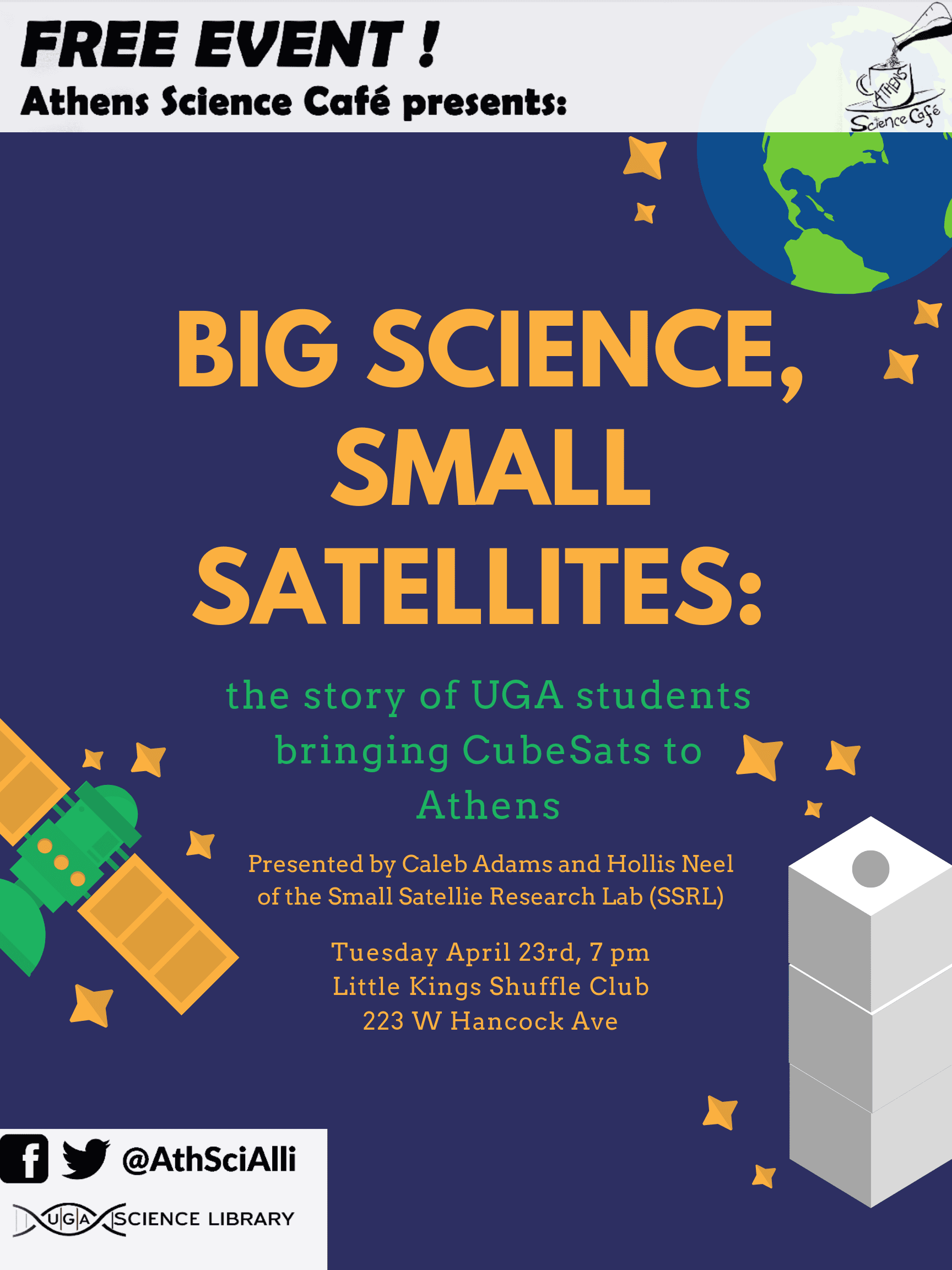Is it a star? A moon? A comet even? No, it's a satellite! NASA broadly defines a satellite as a moon, planet, or machine that orbits a planet or star. More specifically, “natural†satellites include the Earth, which revolves around the Sun, and the moon which revolves around the Earth. On the other hand, there are almost 5,000 “man-made†satellites that are currently in Earth's orbit. These satellites are mainly utilized to facilitate communication, navigation, and observation for weather prediction, GPS, rescue operations, phone calls, and even establish a home in space with the International Space Station. Although we typically imagine satellites to be enormous structures made by highly experienced engineers and scientists, there are also smaller satellites in space that have been launched by everyday citizens and curious students.

The CubeSat was developed by professors Bob Twiggs (Stanford University) and Jordi Puig-Suari (California Polytechnic State University) in 2000, when they wanted to make space research and satellite development more accessible to students. They adapted the model of successfully launched picosatellites (1 kg or ~2.2 lb weight) to develop a standard 10 cm or ~3.94 in (1U) picosatellite that weights up to 1.33 kg (~3 lbs).
A typical CubeSat is powered by solar panels that surround a frame which protects the main processing units and payload (as shown in Figure 2). The payload is the variable component of CubeSats, differing based on the main purpose of the satellite, whether it will be tracking temperature levels, measuring radiation levels, or taking images of the Earth's oceans. Although initially met with criticism from the Space community, the power and potential of CubeSats proved successful with its first launch in 2003. Also known as the QuakeSat, this CubeSat was used to predict earthquake activity. The device stayed in orbit for 1.5 years, and collected signature data about eight earthquakes around the world.

Since their inception, CubeSats have gained increasing global popularity. In fact, the National Science Foundation's Division of Atmospheric and Geospace Sciences set up a CubeSat-based research program in 2008 that financially supported CubeSat research. The program, along with NASA's CubeSat Launch Initiative, motivated the rise of CubeSat development both within and outside of academia due to the ease and affordability of building these devices. There is even a smartphone-based CubeSat known as the PhoneSat, funded by NASA, that aims to build these nanosatellites using readily available components. As of January 2019, about 1030 cubesats have been launched into space with increasing numbers each year. In the next two years we will even see the launch of the University of Georgia's (UGA) very own CubeSats.
Founded in 2016 by three students with the goal of educating and providing resources to students on the design and engineering of satellites, the Small Satellite Research Laboratory (SSRL) at UGA works on the development of CubeSats. They have two ongoing projects funded by NASA and the Air Force to build CubeSats that act as ocean color sensors, and image and motion-detect coastal regions, respectively. The satellites are set to launch in 2019 and 2020. If you are interested in learning more about CubeSats or the SSRL lab, please attend the Science Café on April 23rd at Little King's, where there will be speakers from UGA's SSRL.

About the author:
 |
Chaitanya Tondepu is a Ph.D. Candidate in the Integrated Life Sciences program at the University of Georgia. Other than science, her favorite pastimes are dancing, hanging out with friends and family, exploring, crafting, and eating delicious food. You can email her at chaitanya.tondepu@uga.edu. More from Chaitanya Tondepu |
About the Author
- athenssciencecafehttps://athensscienceobserver.com/author/athenssciencecafe/April 17, 2020
- athenssciencecafehttps://athensscienceobserver.com/author/athenssciencecafe/April 12, 2020
- athenssciencecafehttps://athensscienceobserver.com/author/athenssciencecafe/April 3, 2020
- athenssciencecafehttps://athensscienceobserver.com/author/athenssciencecafe/March 30, 2020







